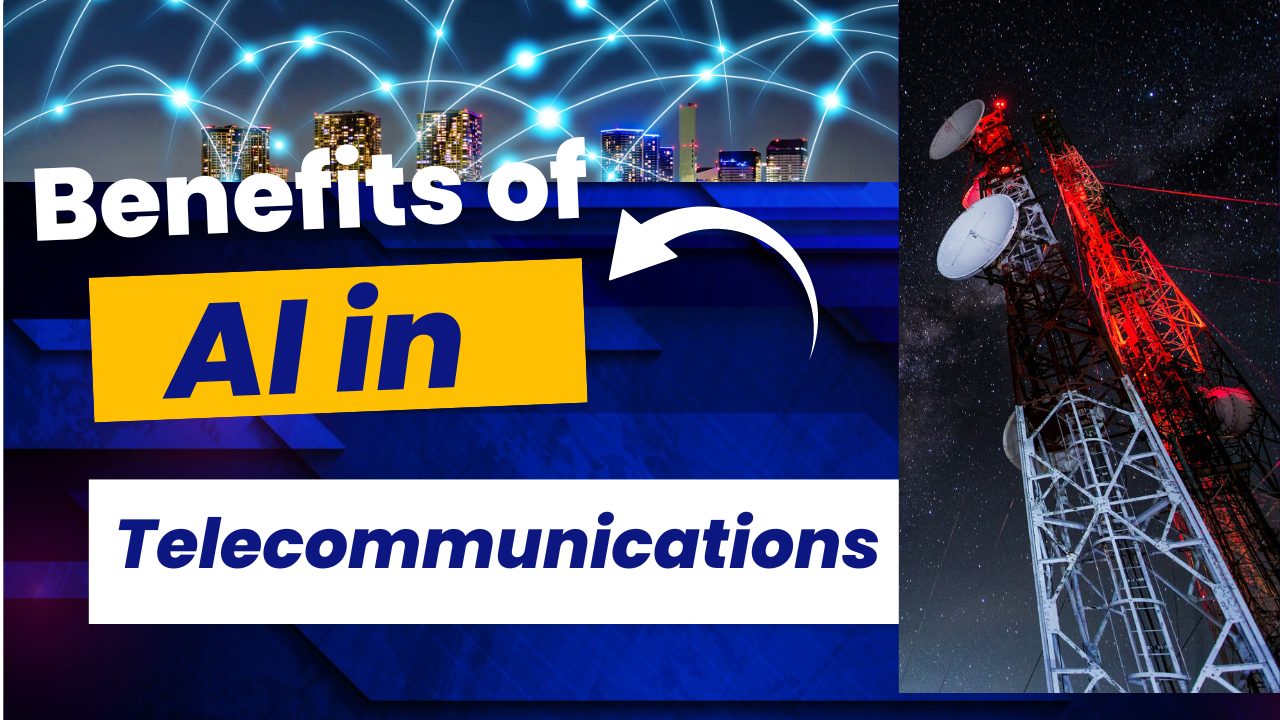New Delhi: September 20, 2021
India has an excellent opportunity to initiate its efforts in re-formulating an education policy in such a way that the following can be the key areas of focus. It is important that the existing economic and digital divide needs to be bridged.
Promoting connectivity and access to Information and Communication Technology (ICT) in Indian schools is crucial for fostering digital literacy, enhancing education quality, and preparing students for the digital age. Here are several strategies to achieve this:
- Infrastructure Development:
- Invest in robust and reliable internet infrastructure to ensure high-speed connectivity in schools. This includes broadband connections and Wi-Fi networks to support a large number of devices.
- Government Initiatives:
- Support and participate in government initiatives aimed at enhancing digital connectivity in schools. Programs such as the Digital India campaign focus on expanding digital infrastructure and increasing technology access.
- Public-Private Partnerships (PPPs):
- Collaborate with private sector entities through PPPs to bring in additional resources for ICT infrastructure development. This can involve partnerships with internet service providers, technology companies, and educational content providers.
- Device Accessibility:
- Ensure that schools have access to a sufficient number of computing devices, such as computers, laptops, or tablets, to facilitate ICT-based learning. Implement initiatives to provide affordable devices to students.
- Digital Literacy Training:
- Conduct training programs for teachers, students, and school administrators to enhance digital literacy skills. This includes training on using ICT tools, accessing online resources, and integrating technology into the curriculum.
- Interactive Learning Content:
- Develop or leverage interactive and engaging digital content for educational purposes. This includes e-books, educational apps, and multimedia resources that can be integrated into the teaching and learning process.
- E-Learning Platforms:
- Implement e-learning platforms that provide a centralized hub for educational resources, assignments, and collaborative learning. These platforms can enhance communication between teachers and students and support remote learning initiatives.
- Cloud Computing Services:
- Utilize cloud computing services for storage, collaboration, and access to educational resources. This reduces the dependency on local infrastructure and provides scalability for schools with varying resource needs.
- Teacher Training Programs:
- Design comprehensive training programs for teachers to effectively integrate ICT into their teaching methods. This includes strategies for using educational software, conducting online assessments, and managing digital classrooms.
- Internet Safety and Cybersecurity Education:
- Incorporate education on internet safety and cybersecurity to ensure that students are aware of responsible online behavior and are equipped to protect themselves in the digital environment.
- Community Engagement:
- Engage parents and the local community in understanding the importance of ICT in education. Create awareness about the benefits of digital literacy and how it positively impacts students’ academic and future career prospects.
- Sustainable Funding Models:
- Develop sustainable funding models for maintaining and upgrading ICT infrastructure in schools. This may involve exploring grant opportunities, corporate sponsorships, or community fundraising efforts.
- Mobile Connectivity:
- Recognize the prevalence of smartphones and leverage mobile connectivity for educational purposes. Develop mobile-friendly educational content and applications that students can access on their personal devices.
- Monitoring and Evaluation:
- Establish mechanisms for monitoring the effectiveness of ICT initiatives in schools. Regular evaluations can help identify challenges, measure progress, and refine strategies for continuous improvement.
By implementing these strategies, schools in India can create a conducive environment for ICT integration, fostering a generation of digitally literate and empowered students. This, in turn, contributes to the overall advancement of education and prepares students for the challenges and opportunities of the digital era.








